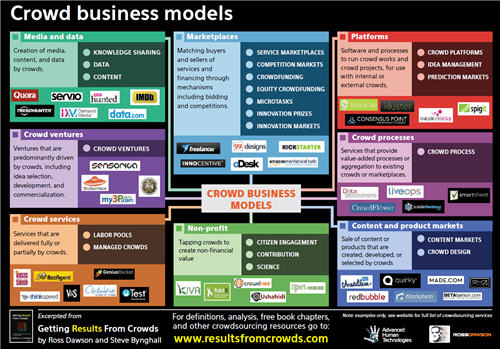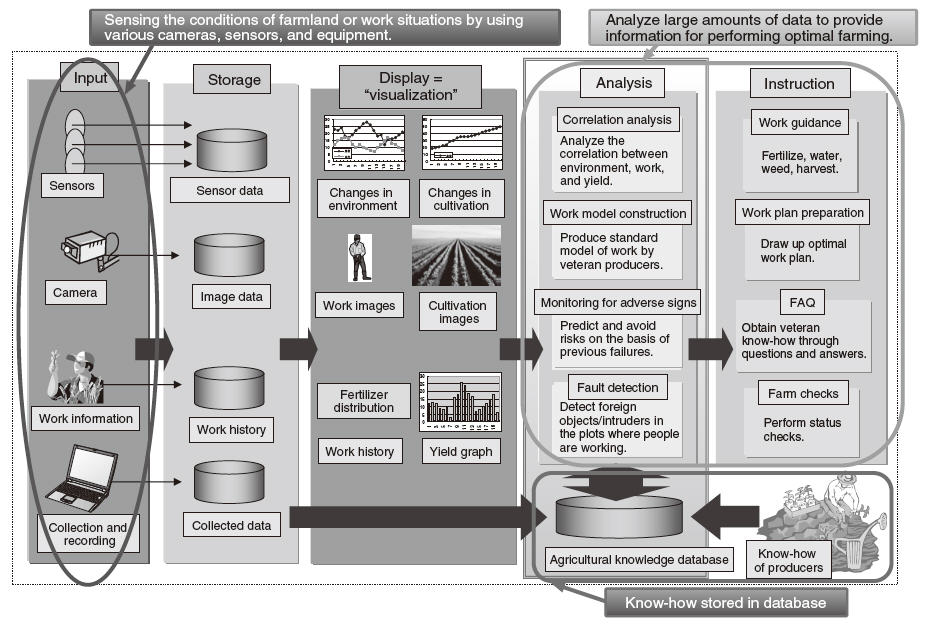Last week I spoke at the annual meeting of a division of a major bank. It was a one-hour event, with a live audience of several hundred, and a few thousand who worked in other locations watching via a live webcast. Given the pace of change in their business and their overt focus on innovation, they had me speak for 20 minutes on the future, followed by the top two divisional executives for 10 minutes each on what they expect in the business moving forward, then the entire leadership team plus myself up for 20 minutes of Q&A. It was a first for them to use an external speaker for the event, though given the success of the format they will undoubtedly do it again. Bringing external perspectives can be invaluable in stimulating new thoughts on the business and where it can go.
My presentation quickly skimmed through the implications of shifting demographics, work dynamics, social expectations, financial and economic structures, and technology, framed in terms of how to think more openly about possibilities, challenges, and opportunities.
However in the final Q&A session I was asked about the future of business relationships. Given commoditization and competitive pressures, what would happen in relationships?
Read more →


